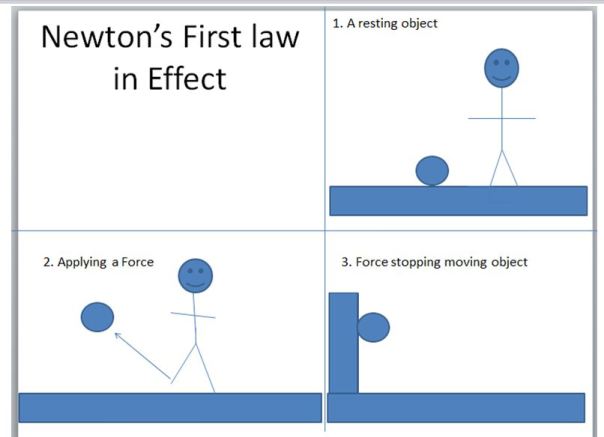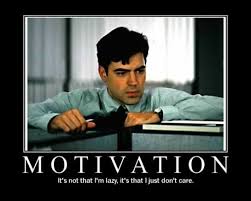The use of vignettes to overcome ethical and practical challenges in researching sensitive organisational issues….
The main proposed study in my research involves an experimental design. This experimental approach was chosen based on expert advice and feedback from the University of Rochester which is the birthplace and hub of SDT research. My research angle is so unique and under-researched that an experimental design, based in a laboratory setting is an appropriate place to start to build up a research frame and body of knowledge. Once the findings can be established in an experimental setting it sets the ground for continued research in the field.
Aim: Using vignettes to vary need support, use of rewards, and other factors as independent variables, and assess need satisfaction, autonomous self-regulation, and work-related outcomes.
Design and measures: Subjects will be randomly allocated to different vignette conditions (i.e. need support/no need support; use of rewards/no use of rewards). Existing validated measures of autonomous self-regulation (autonomous motivation) being the ASR scale (Autononous Self-Regulation Scale) and need satisfaction being the BPNS (Basic Psychological Needs Scale; BPNS) will be used.
It was decided to use vignettes an approach to the administration of my study. This approach is used as a way to understand how people draw upon information to make choices. Vignettes are a technique made available to social and behavioural researchers to understand the basis for complex judgements (Kanninen, 2007; Rossi & Anderson, 1982). Caro (2012) described vignette use in surveys, as a hypothetical situation presented to participants to obtain their opinion and perception about anticipated behaviour. The main premise in using vignettes is that they provide insights into behaviour in real choice situations. Vignettes are often used when it is not practical or feasible to study actual behaviour.
The choice to use vignette based situations as a tool for assessing the independent variables (need support/use of rewards/other work related factors) was deliberate. The main reasons for this approach to administer experimental and control conditions are:
1.Offshoring presents a context that creates ethical challenges and makes it difficult in terms of practicality and feasibility to access organisations and participants in the midst of offshoring and study actual behaviour. Post offshoring, the workforce becomes dispersed and it becomes difficult to assemble participants with lived experiences of offshoring.
2. An advantage of using this approach is that the participant pool opens up and participants in the experimental study do not have to have had lived experiences of offshoring. The sampling method that would be adopted would be random sampling.
3. It was noted that while attending the 5th Conference for Self Determination theory in June 2013, a noticeable trend was the use of vignette methodology in emerging SDT research (Schaeke,K and Gagne, 2013). This offers some basis towards the opinion that the use of vignettes is becoming more widespread and validated.
The use of vignettes places decision makers in controlled experiments that yield hypothetical choices rather than actual choices in a real situation in the field (Louviere et al, 2000). The experimental stage of my research requires this type of control, to establish a sound experimental foundation in a new context that uses defensible principles that can be further researched in the field of work and specifically offshoring. Given the known ethical, practical and feasible constraints of access to participants with lived experiences of offshoring, the use of vignettes is a sound approach. It also meets the stringent framework of defensible academic experimental research.


